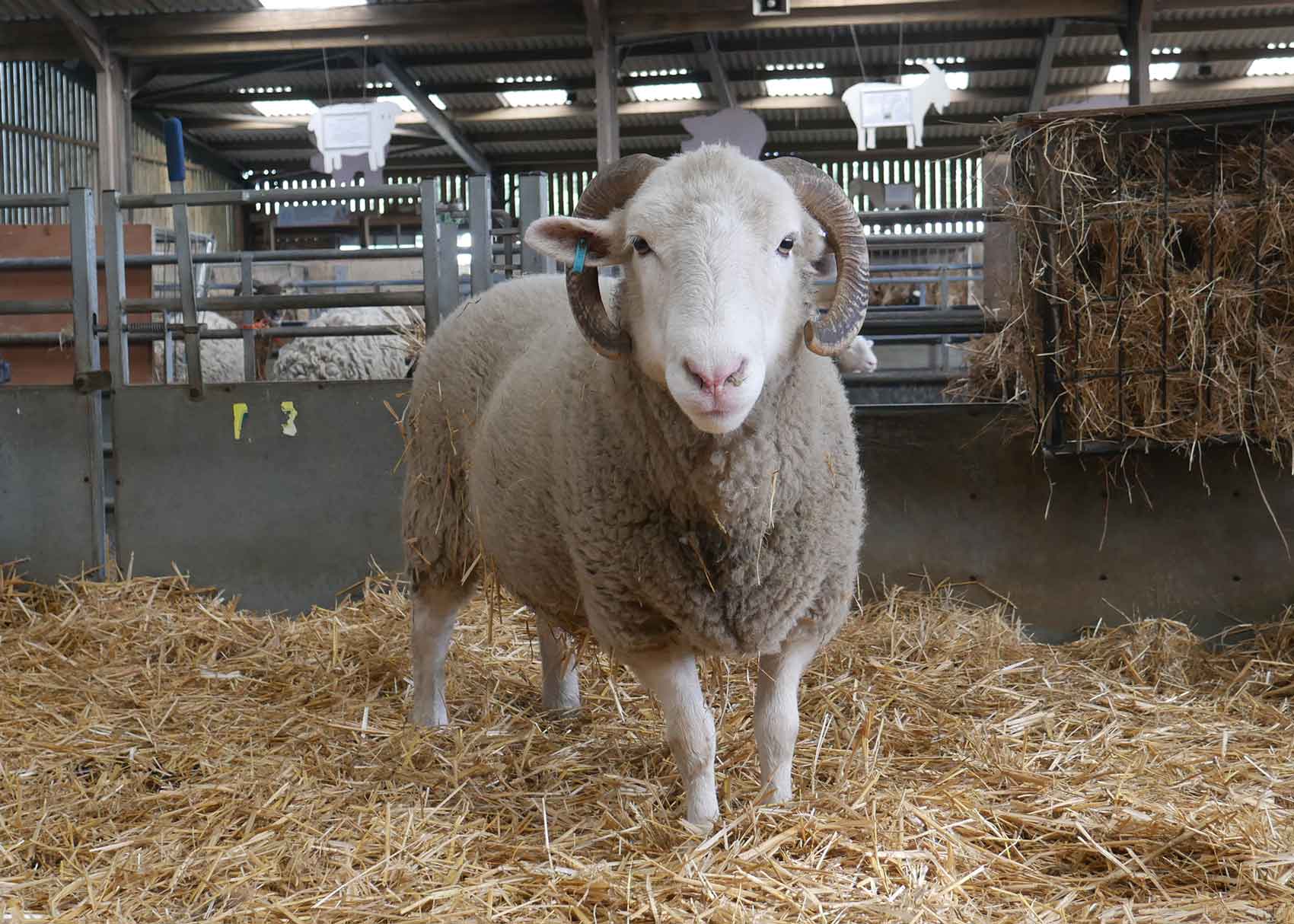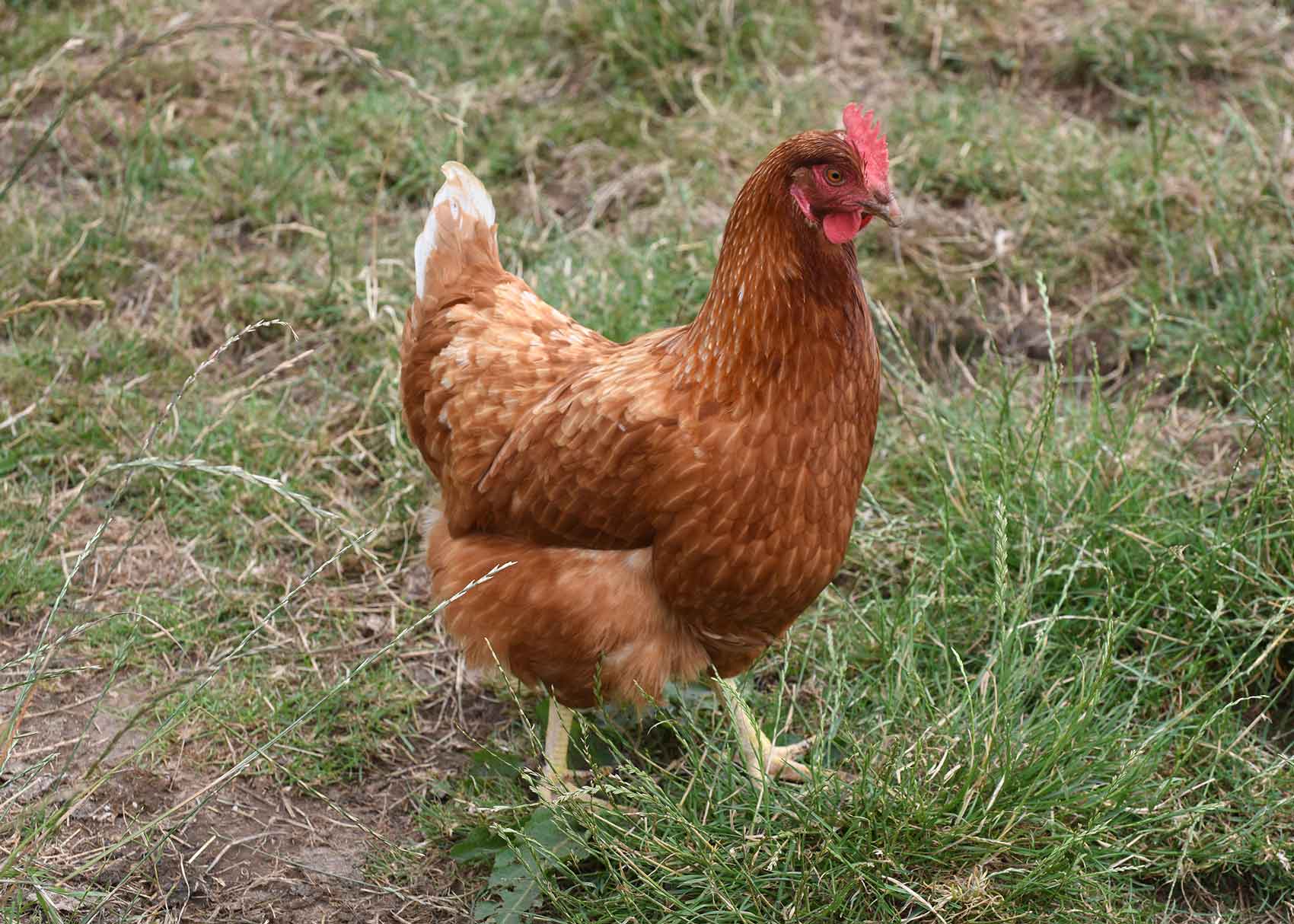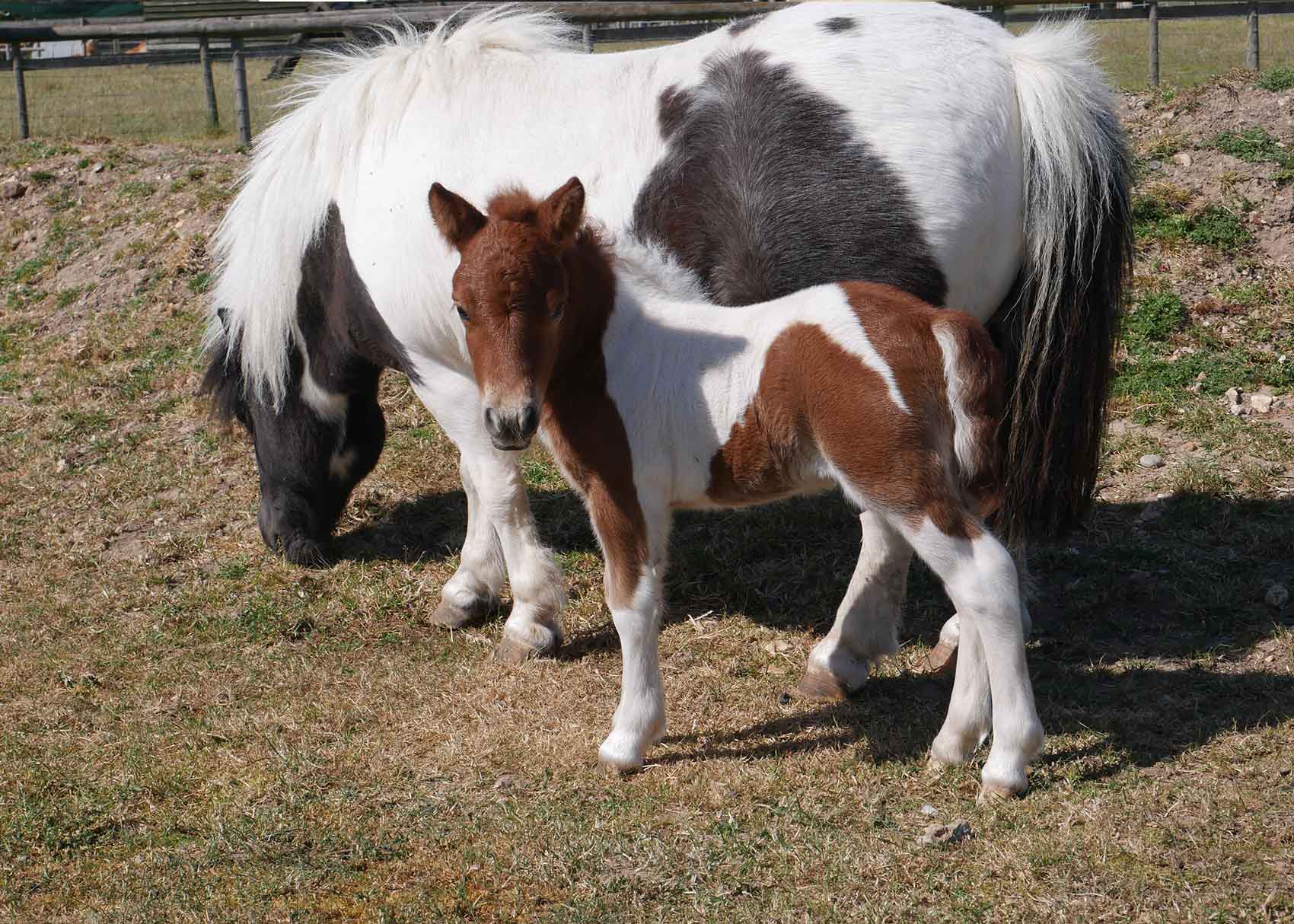The Rare Breed Survival Trust has five criteria for rare breeds, based upon how many registered breeding females there are left. The criteria vary for each type of animal.
- Critical – less than 150 breeding cows left
- Endangered – 150 to 250 breeding cows left
- Vulnerable – 250 to 450 breeding cows left
- At Risk – 450 to 750 breeding cows left
- Minority – 750 to 1500 breeding cows left
NB: A cow is a female who has had a calf and she is called a heifer before she has had a calf. Adult males are called bulls.
Please note: Some of our animals are not on display in the paddocks outside during the colder months, because they may have been moved to our winter paddocks where there is more shelter available, or into our undercover Animal Barn to keep warm (where they are still on display for our visitors to see). During the summertime, we may also need to rest the paddocks from time to time.
Our visitors can see sheep, goats, pigs, donkeys, rabbits and guinea pigs in the Undercover Animal Barn at all times, including a variety of rare breeds and very often their young too!
To ensure that we are still able to offer value to our visitors, whilst some of our animals have been moved, we do offer a jam-packed Animal Activity and Demonstration Programme for our visitors to take part in.

British White Cow
How rare are they?
With only 750 to 1500 registered breeding cows, the British White is in the Minority Class.
Where does the British White Cow come from?
British White Cows have direct links with the ancient wild white cattle of Great Britain, notably from the park at Whalley Abbey in Lancashire. They date back to the sixteenth century.
Why have them at Odds Farm Park?
The British White Cows at Odds Farm Park are all in our active breeding program.
How would children identify a British White Cow?
No surprises here! Children on a day out can identify British White Cows by their white hair (although unusually they have black skin underneath). Their ears, muzzle, eyelids, feet and teats, have black, or occasionally brownish-red, points.
Cows are amazing. Children, did you know?
A cow does not bite the grass but curls her tongue around it and cows eat about 90 pounds of nutritious food a day. This is equivalent in weight to 206 baked potatoes or 1440 slices of bread!

Belted Galloway Cow
How rare are they?
Belted Galloway Cows are no longer classified as a rare breed. Following the foot and mouth crisis of the early 2000’s their numbers were devastated, however, since then the breed has recovered and they were removed from The Rare Breed Survival Trust watch list in 2007.
Where does the Belted Galloway Cow come from?
Belted Galloways were first officially recorded in 1852 and originated on the exposed uplands of Galloway in Scotland. Whilst the origin of the white belt around their mid-riff is unknown, it’s generally assumed they were cross bred with Dutch Belted cattle.
Why have them at Odds Farm Park?
In the early 2000’s, Odds Farm Park helped to boost their numbers. Today, they remain at Odds Farm Park for their distinctive appearance.
How would children identify a Belted Galloway Cow?
On a day out, the Belted Galloway Cows are very easy to spot for children. They are black or dun from head to toe, apart from a thick white strip that encircles their entire body.
Cows are amazing. Children, did you know?
A cow can weigh between 1400-2000 pounds or 636-909 kilos – about the size of 10 grown men.

Dexter Cow
Summer 2022, the Dexter Cattle may not be on public display every day. If you are particularly interested in viewing this breed, please call us to enquire.
How rare are they?
Dexter cattle are not classified as rare, however are a native breed to the British Isles.
Where does the Dexter Cow come from?
The Dexter originated in North Western Ireland. They were first introduced into England in 1882.
Why have them at Odds Farm Park?
Dexter cows are very distinctive looking, due to their small size, and guests will love to meet them.
How would children identify a Dexter Cow?
Dexter cows are very easy to identify, as they are the smallest breed of cattle at Odds Farm Park. They are usually between 92-107cm tall at the shoulder, and come in three colours, black, red and dun.
Cows are amazing. Children, did you know?
A cow will chew about 50 times in a minute, making their jaws move about 40,000 times a day!

Highland Cow
How rare are they?
The Highland Cow is not a rare breed.
Where does the Highland Cow come from?
The Highland breed of cattle was developed in Western Scotland. Written records go back to the 18th Century, but it is thought the breed were around before this time.
Why have them at Odds Farm Park?
Whilst not rare, the appearance of Highland Cattle makes them the UK’s most distinctive breed for children to see. They are bound to fall in love with them!
How would children identify a Highland Cow?
Children can identify Highland Cattle at Odds Farm Park by their long, thick, shaggy coat of rich ginger hair and their majestic sweeping horns. They look extremely cuddly and shouldn’t be missed on a day out. At Odds Farm Park we have a mother and daughter.
Cows are amazing. Children, did you know?
Cows drink between 25-50 gallons of water each day. That’s nearly a bathtub full!

Jersey Cow
How rare are they?
Jersey Cows are not classed as rare.
Where does the Jersey Cow come from?
There are no prizes for guessing that the Jersey Cow was originally bred within the Channel Island of Jersey. It descended from cattle stock brought over from France and was first recorded as a separate breed around 1700.
Why have them at Odds Farm Park?
Jersey Cows have a very gentle nature and are used for the Cow Milking Demonstrations at Odds Farm Park, a great activity for children to watch on their day out. Jersey cows are recognised for their superior quality milk.
How would children identify a Jersey Cow?
During a day out, children can identify Jersey Cows by their light brown silky coat. They also have the most amazing beautiful dark eyes.
Cows are amazing. Children, did you know?
An average cow that is milked twice daily produces about ten gallons of milk a day. It takes about 1.5 gallons of milk to make one gallon of ice cream!









